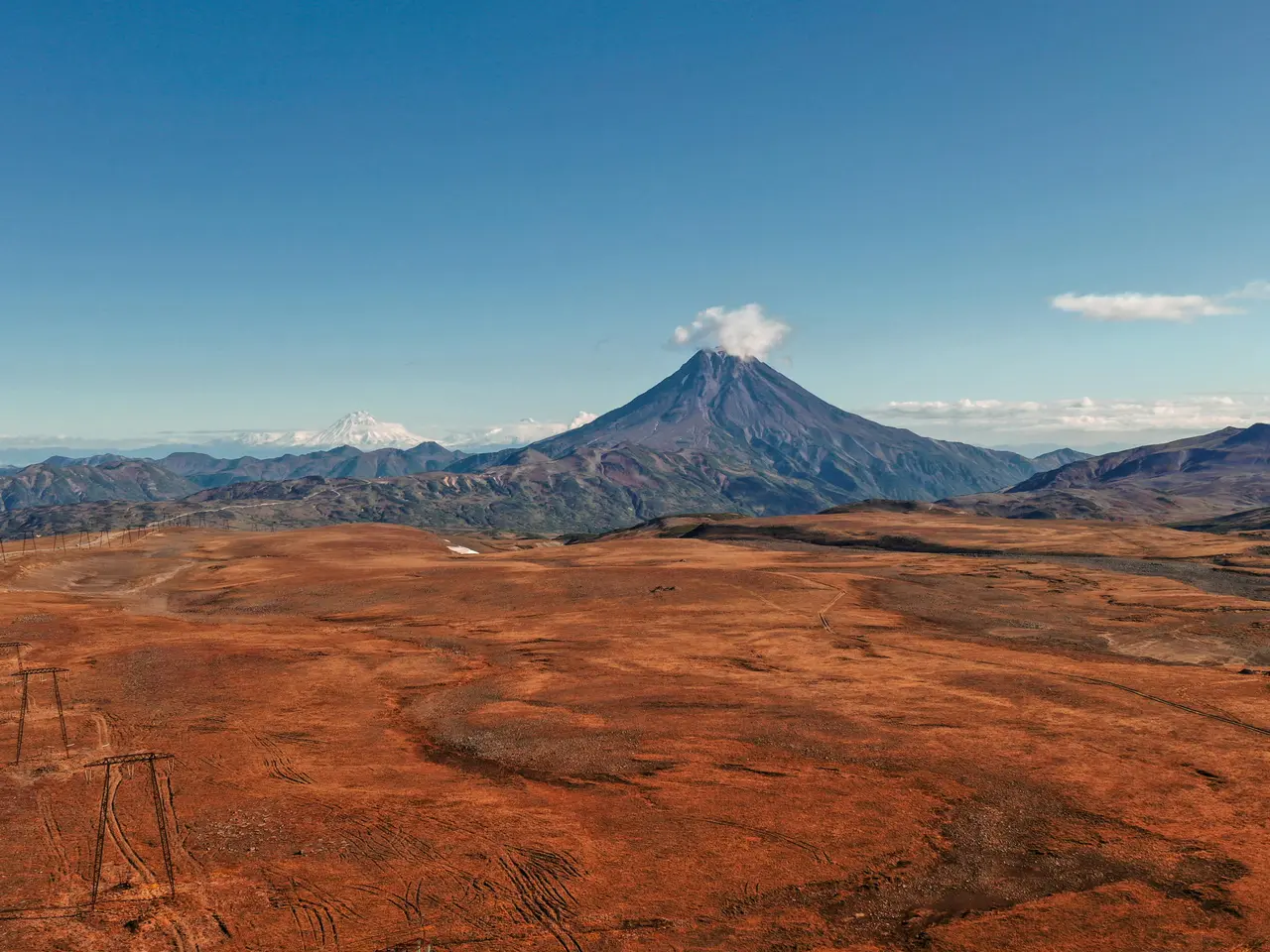Powerful 8.8 magnitude earthquake occurred off the Russian coast, placing it among the strongest earthquakes ever documented
In the early hours of today, a powerful earthquake with a magnitude of 8.8 hit off the coast of Russia's Kamchatka Peninsula. The earthquake, which occurred around 11:30am local time, has caused building damage and injuries in Petropavlosk-Kamchatsky, 119 kilometres from the epicentre.
The earthquake has also triggered a series of aftershocks, with the United States Geological Survey reporting 35 aftershocks larger than magnitude 5.0. Aftershocks can continue for weeks, months, or even longer, but they typically reduce in both magnitude and frequency over time.
The region is known for its seismic activity, primarily due to the active subduction of the Pacific Plate beneath the Okhotsk microplate along the Kuril–Kamchatka Trench. This trench, located immediately offshore the Kamchatka Peninsula, is a tectonic plate boundary where the Pacific Plate moves westward at about 8 to 9 cm (80-86 mm) per year, creating intense tectonic stress and frequent ruptures.
The high frequency of strong earthquakes in the Kamchatka region is attributed to several key factors. The Kuril-Kamchatka subduction zone, which stretches from Japan to the Aleutian arc, is very extensive, accommodating many large ruptures over different segments. The region lies on a megathrust fault system, capable of producing some of the strongest earthquakes on Earth, often accompanied by tsunamis.
Moreover, the area is characterised by a complex tectonic setting, involving interactions between tectonic blocks like the Kolyma-Chukotka and Bering Sea microplates. These interactions contribute to seismicity through strike-slip and shortening faults.
Historically, the region has exhibited relatively short recurrence intervals on parts of the subduction zone, with large magnitude earthquakes sometimes occurring within decades or about a century apart. One notable example is the 1952 magnitude 9.0 earthquake that occurred in the same subduction zone as the recent magnitude 8.8 earthquake in Kamchatka.
New Zealand, like Kamchatka and northern Japan, sits above a subduction zone. The Hikurangi subduction zone, located offshore along the east coast of New Zealand's North Island, is capable of producing earthquakes at magnitude 9 and could potentially produce a tsunami.
The tsunami produced by the Kamchatka earthquake has affected coastal communities on the Kamchatka Peninsula, the Kurile Islands, and Hokkaido, Japan. The tsunami will continue to propagate across the Pacific, reaching Hawaii approximately six hours after the earthquake struck and continuing as far as Chile and Peru.
The seismic activity in the Kamchatka region serves as a reminder for earthquake-prone areas to heed warnings from civil defence authorities for safety. Understanding the factors contributing to seismic activity in regions like Kamchatka can help in predicting future events and improving disaster preparedness.
References:
[1] National Research University Higher School of Economics (2021). Kamchatka's seismic activity and the 1952 earthquake. Retrieved from https://hse.ru/en/news/113082621
[2] United States Geological Survey (2021). Kamchatka earthquake. Retrieved from https://earthquake.usgs.gov/earthquakes/eventpage/us2021kj6b
[3] Geological Survey of Japan (2021). Kamchatka earthquake. Retrieved from https://www.gsj.jp/en/earthquakes/2021/01/01/000000000000000000.html
[4] University of California, Berkeley (2019). Kamchatka earthquakes and mantle plumes. Retrieved from https://seismo.berkeley.edu/japan/kamchatka/kamchatka_earthquakes.html
- Research in environmental science reveals that the Kamchatka region, similar to regions like New Zealand and northern Japan, experiences frequent seismic activity due to its location above a subduction zone.
- The earthquake in Kamchatka has caused damage, injuries, and is responsible for triggering a series of aftershocks, demonstrating the importance of understanding seismic activity in the field of physics.
- In light of the earthquake's effects on the environment, health and wellness experts emphasize the necessity of improving disaster preparedness for earthquake-prone areas.
- The political implications of climate change, such as the increased risk of earthquakes and tsunamis, are addressable topics in general news and policy debates.
- The Kamchatka earthquake serves as a significant example in the science of geology, showcasing the impact of tectonic plate boundaries on the occurrence of earthquakes and tsunamis.
- The earthquake's aftermath has also highlighted the importance of medical-condition awareness and emergency response plans, as it has affected various communities across the Pacific region.
- Besides seismic activity, the complex tectonic setting of the Kamchatka region may contribute to crime and justice issues, as infrastructure damage resulting from earthquakes can potentially create opportunities for crime.




